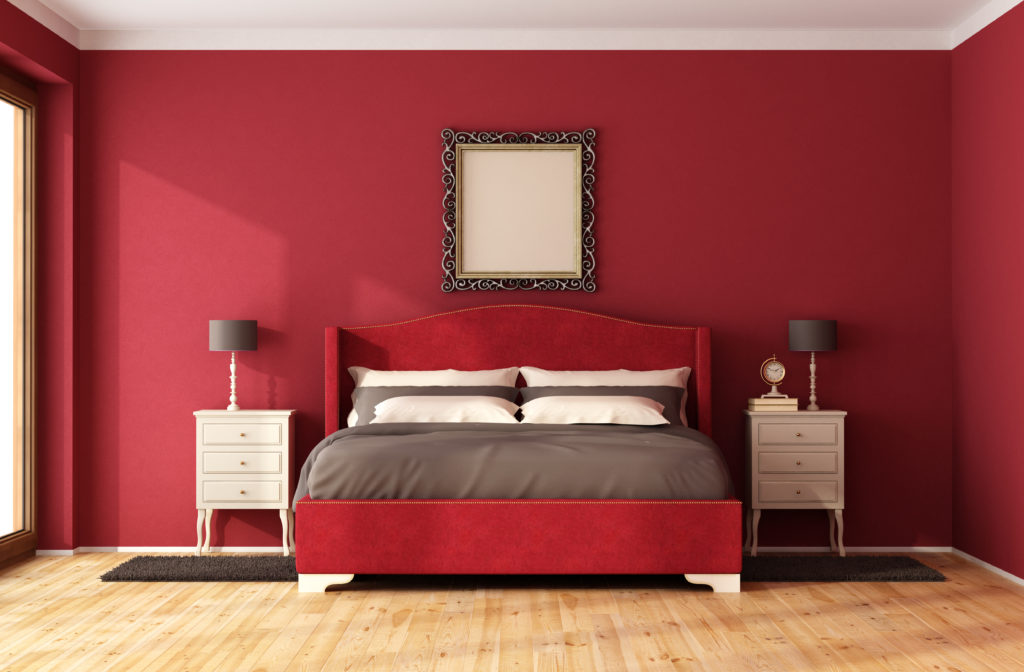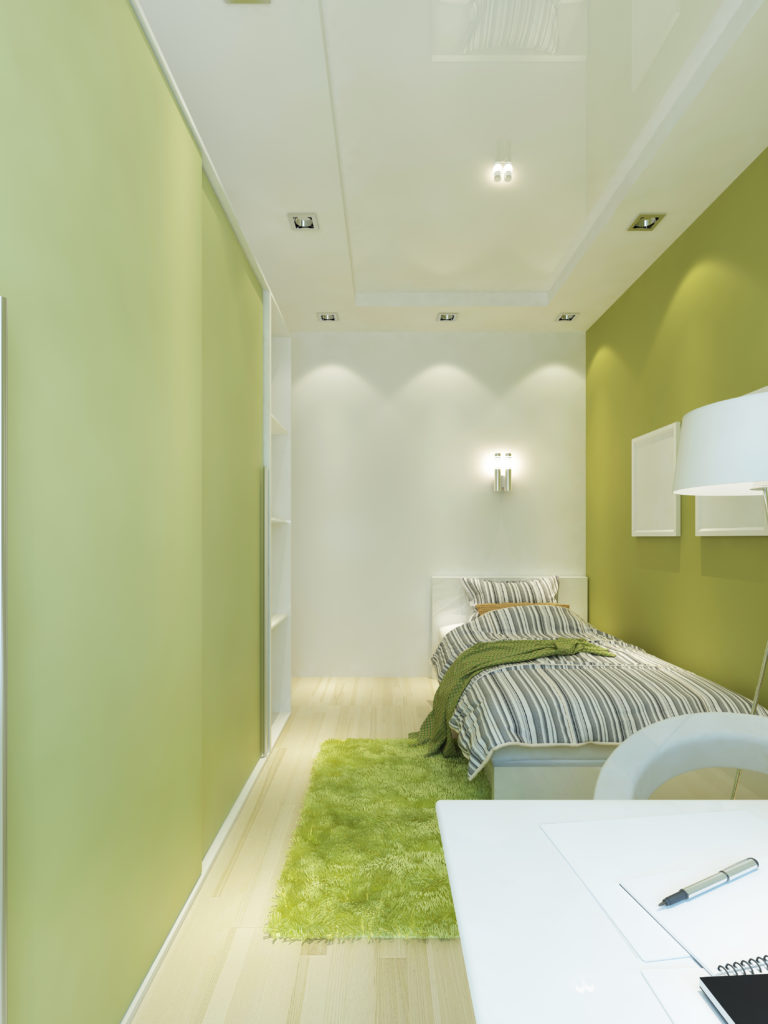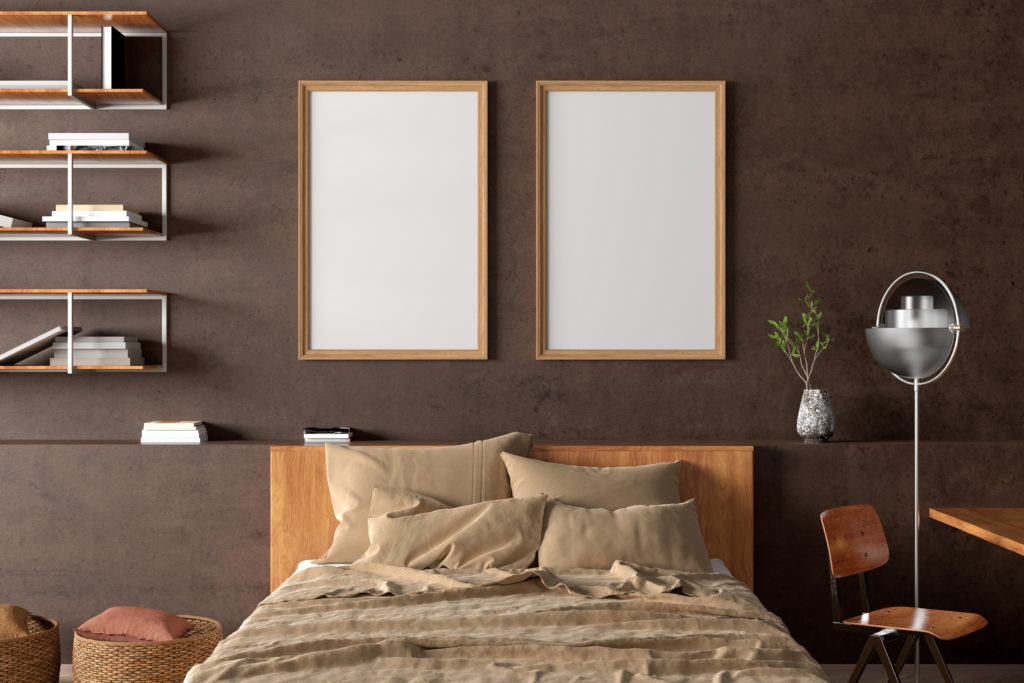Colors affect mood and emotions. Instead of just choosing paint colors because they are trendy, understanding the psychology of colors and how they reflect on mood and behavior is important before dipping the paintbrush in the can.
Selecting the right color palette for bedroom walls can be difficult. Here are some colors that should be carefully considered before using in bedrooms:
Yellow
Yellow is a bright color that is usually related to the sun and the sun’s rays. It is also known as a color that symbolizes happiness. However, it also stimulates the senses. While yellow may be very useful to provide a boost in the morning, it can be disruptive when trying to ease the mind in the evening or unwind. if yellow is a must have in a bedroom, avoid using it on walls that overlook the bed while laying down and opt for pastel to lighter tones to reduce its stimulative effect.


Red
Red and its different shades are energy-boosting colors. Red also stimulates the senses and gives a feeling of warmth. Although red is a very stylish and bold color, it can still create a feeling of agitation when exposed to it for a long time. It is definitely not the right color to relax, especially in a bedroom where it is crucial to have a space to be calm and resting.


Orange
Orange is a vital warm color, which boosts energy. In a playroom or space for exercising, it can be an optimal choice. However, it is tricky to use in spaces that are designed for relaxation, especially if vibrant hues of orange are selected. Pastel peaches and apricots can bring in the warmth without the high energy vibes.


Neon Colors
Neon colors are fun and lively, so they tend to boost energy. Because they also connote excitement and alertness – typically the complete opposite of the calming and relaxed mood expected from a bedroom – their use in bedrooms is not typically advised. Neon can also be associated with warning and danger and be irritating to the eyes – additional emotional and physiological reactions that are not conducive to sleep or relaxation, so avoiding its use altogether or simply using it as an accent color may be better options.


Dark Brown
Dark colors in general are tricky because they can be viewed as gloomy and make a room look small. To avoid these results, it is not advised to use these colors, especially in smaller or confined spaces. If dark brown is not contrasted and balanced out with other lighter elements in a bedroom (or elsewhere), it can create a space that is dull and gives off a heavy feeling.


Ultimately, paint and color selection is a personal and subjective decision, and many designers can successfully introduce a so-called ‘changeling color’ and make it work in any space. If yellow, red, orange, neon or dark brown are too good to give up, make sure they are used on a wall that won’t be in sight when trying to unwind (for example, a wall behind the bed), used in moderation, or select a lighter or muted hue that may not evoke unwelcomed emotions.
By: Sherin Sameh

